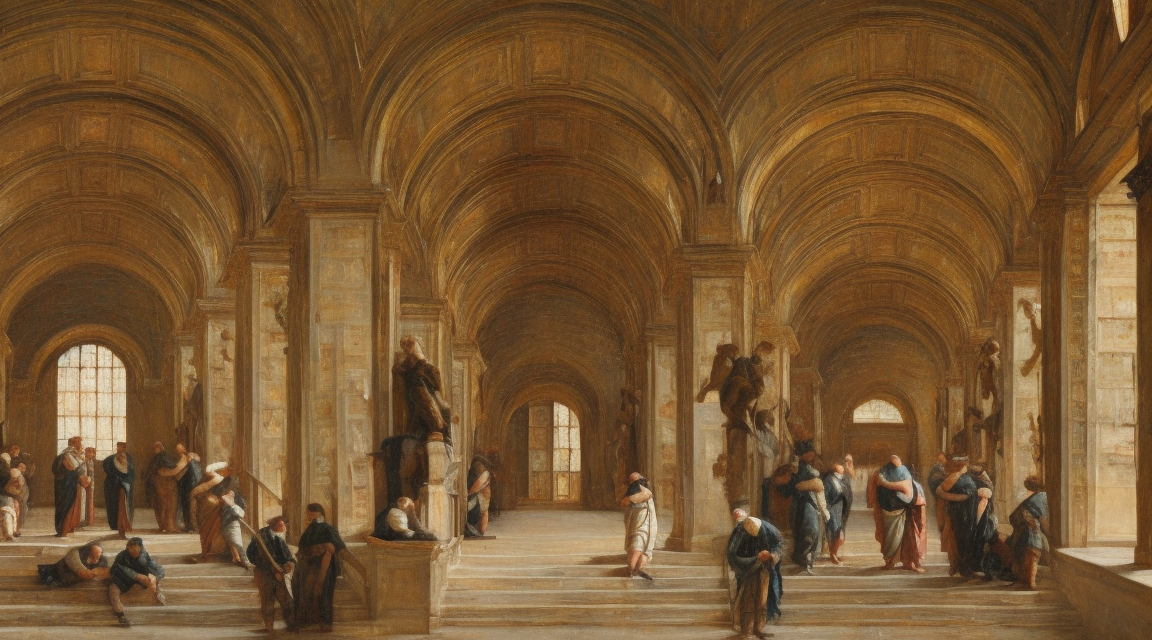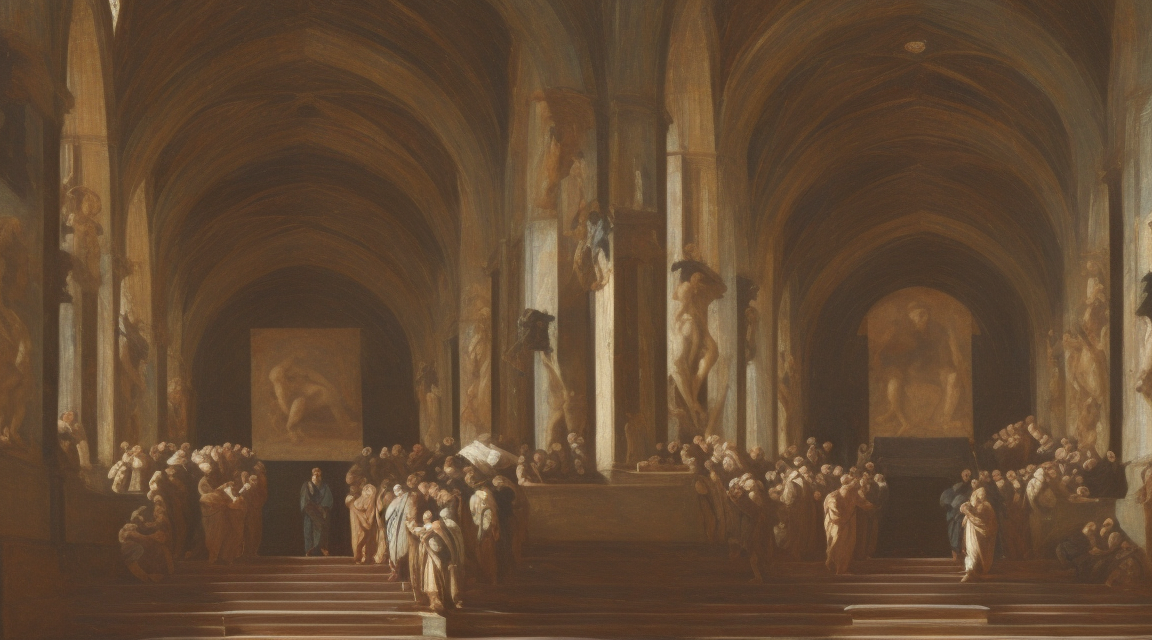Introduction

Art has always been a reflection of society, capturing the essence of the times and the sentiments of the artists who create it. One such movement that left a profound impact on the world of art is Academic Art. Spanning several centuries, Academic Art not only celebrated the beauty found in the works of the Renaissance masters but also sought to uphold a certain standard of technical skill and classical aesthetics. In this article, we embark on a journey through the masterpieces of Academic Art, unraveling its origins, characteristics, significant artists, and the critiques it faced.
The Origins of Academic Art

Academic Art can trace its roots back to the 17th century, when art academies were established across Europe with the intention of formalizing art education. These academies became crucial in shaping the curriculum and standards for artists, emphasizing the study of classical art, anatomy, composition, and technique.
One of the most influential academies of the time was the French Academy, which was established in 1648 by King Louis XIV. This academy played a pivotal role in promoting Academic Art and set the foundation for its principles and ideals. The French Academy believed that art should be elevated and adhere to certain rules, with a focus on historical and mythological themes.
Characteristics and Techniques

Academic Art is characterized by a meticulous attention to detail, technical precision, and a classical aesthetic. Artists were expected to master the techniques of their predecessors, particularly those of the Renaissance era. The use of chiaroscuro, perspective, and naturalistic representation were highly valued.
The artists were also trained extensively in anatomy, ensuring accurate depictions of the human form. Academic painters often employed a range of techniques such as glazing and layering to achieve a smooth and polished surface. Composition played a vital role, with artists carefully arranging the elements within their paintings to create a harmonious and balanced composition.
Significant Artists and Their Masterpieces

Academic Art produced several notable artists whose masterpieces continue to captivate audiences to this day.
Unveiling the Beauty of Renaissance Art: A Journey Through Leonardo da Vinci’s and Michelangelo’s Work
Leonardo da Vinci and Michelangelo are two iconic figures who not only defined the Renaissance era but also left an indelible mark on Academic Art. Leonardo’s “Mona Lisa” showcases his mastery of the techniques of sfumato and chiaroscuro, while Michelangelo’s “David” demonstrates his impeccable sculpting skills and attention to anatomical detail. These masterpieces epitomize the beauty and skill that Academic Art aimed to achieve.
The Impact of Pop Art on Modern Culture
While Academic Art may be associated with classical aesthetics, it’s important to acknowledge the evolution of art movements that challenged its ideals. One such movement is Pop Art, which emerged in the 1950s and 1960s, with artists like Andy Warhol and Roy Lichtenstein at the forefront. Pop Art celebrated popular culture and mass media, deviating from the traditional subjects and techniques of Academic Art. Its impact on modern culture cannot be ignored, as it brought art closer to the masses and redefined the boundaries of what is considered art.
The Evolution of Cubism: How Picasso Redefined Art with Geometric Shapes
Pablo Picasso, a pioneering figure in the art world, played a significant role in breaking away from traditional artistic norms. Cubism, a movement co-founded by Picasso and Georges Braque, revolutionized the perception of form and representation. Picasso’s “Les Demoiselles d’Avignon” is a quintessential example of Cubism, with geometric shapes and fragmented compositions challenging the traditional rules of Academic Art.
Critiques and Contemporary Reception

Academic Art faced critiques for being overly rigid, restrictive, and lacking innovation. As art movements like Impressionism and Expressionism emerged, artists sought to break free from the confines of Academic Art, exploring new techniques and subject matters. However, Academic Art still holds relevance today, serving as a testament to the technical skill and classical beauty that continues to inspire artists and art lovers.
In contemporary times, Academic Art has gained renewed interest, with artists and enthusiasts appreciating its timeless elegance and dedication to craftsmanship. Academic ateliers and schools continue to strive for excellence in technical skill, keeping the legacy of Academic Art alive.
Conclusion
Exploring the legacy of Academic Art takes us on a journey through history, unveiling the masterpieces that continue to inspire generations. From the beauty of Leonardo da Vinci’s “Mona Lisa” to the geometric shapes of Picasso’s “Les Demoiselles d’Avignon,” Academic Art has left an indelible mark on the art world. While facing critiques for its rigidity, it remains an important part of art history, showcasing the skill and aesthetics that have shaped the course of artistic expression.
